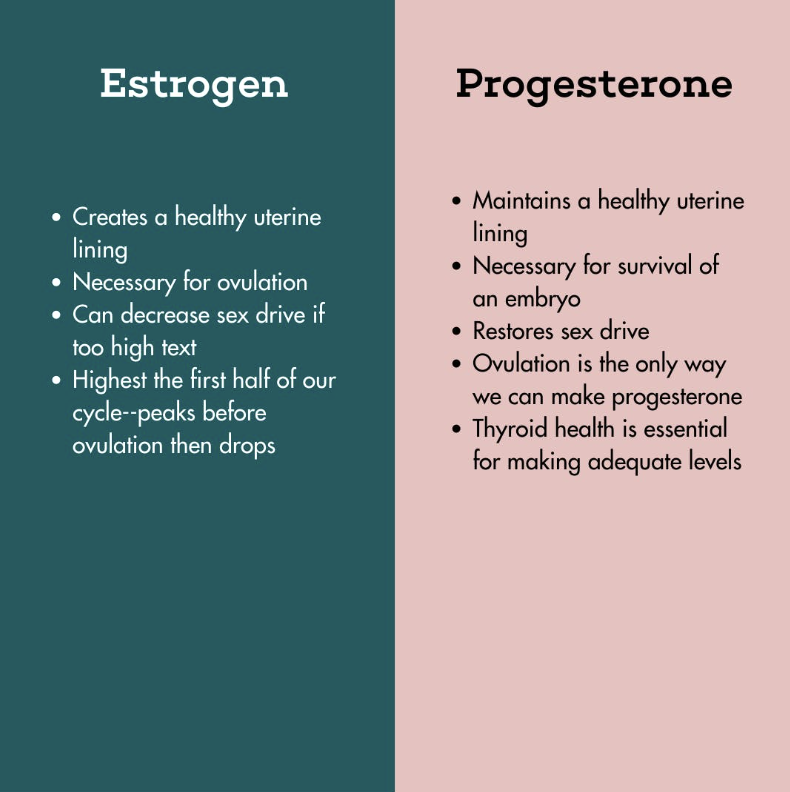Estrogen and progesterone are two important hormones that play a vital role in women’s health. Understanding how these hormones work and interact with each other is crucial for maintaining overall well-being. In this article, we will delve deeper into the functions of estrogen and progesterone, how they affect the body, and why they are essential for women’s health.
What is Estrogen?
Estrogen is a hormone that is primarily produced in the ovaries, although it is also present in smaller amounts in other parts of the body, such as the adrenal glands and fat tissue. Estrogen is responsible for the development of female secondary sexual characteristics, such as breast growth and the widening of the hips. It also plays a key role in the menstrual cycle and reproductive health.
Estrogen levels fluctuate throughout the menstrual cycle, peaking during ovulation and dropping during menstruation. Low estrogen levels can lead to a variety of symptoms, such as hot flashes, mood swings, and vaginal dryness. Estrogen also helps to regulate bone density and maintain cardiovascular health.
What is Progesterone?
Progesterone is another hormone that is produced in the ovaries, specifically in the corpus luteum after ovulation. Progesterone plays a crucial role in preparing the uterus for pregnancy by thickening the uterine lining to support the implantation of a fertilized egg. If pregnancy does not occur, progesterone levels drop, leading to menstruation.
Progesterone is also known as the “calming hormone” because it has a soothing effect on the nervous system. It helps to counterbalance the effects of estrogen, promoting a sense of calm and relaxation. Progesterone is also important for maintaining healthy sleep patterns, reducing anxiety, and supporting breast health.
Estrogen and Progesterone Balance
Estrogen and progesterone work together in a delicate balance in the body. When these hormones are in harmony, women experience regular menstrual cycles, optimal fertility, and overall well-being. However, imbalances in estrogen and progesterone levels can lead to a variety of health issues.
For example, estrogen dominance, which occurs when estrogen levels are too high relative to progesterone levels, can lead to symptoms such as breast tenderness, bloating, and heavy periods. Estrogen dominance has also been linked to an increased risk of conditions such as breast cancer, endometriosis, and fibroids.
On the other hand, low progesterone levels can lead to symptoms such as irregular periods, mood swings, and infertility. Progesterone deficiency has been linked to conditions such as PMS, anxiety, and insomnia. Balancing estrogen and progesterone levels is essential for maintaining optimal health and well-being.
How to Support Estrogen and Progesterone Balance
There are several ways to support healthy estrogen and progesterone balance naturally. Eating a balanced diet rich in fruits, vegetables, whole grains, and lean proteins can help to support hormone production. Regular exercise, stress management techniques, and adequate sleep are also important for hormone balance.
Supplements such as vitex, black cohosh, and DIM (diindolylmethane) can help to support estrogen and progesterone balance. These supplements can help to regulate hormone levels, reduce symptoms of hormone imbalance, and support overall well-being.
In conclusion, understanding estrogen and progesterone is crucial for maintaining women’s health. These hormones play a vital role in regulating the menstrual cycle, supporting reproductive health, and maintaining overall well-being. By supporting estrogen and progesterone balance through diet, exercise, and supplementation, women can optimize their hormone health and achieve optimal wellness.
References:
1. Prior, Jerilynn C. “Progesterone, not Estrogen, is the Correlate for Physical and Mental Representations of Human Menstrual Cycle Phase.” Women’s Health 2.6 (2013): 595-611.
2. Sowerwine, Julia. Estrogen Matters: Why Taking Hormones in Menopause Can Improve Women’s Well-Being and Lengthen Their Lives. Arlington, VA: L&W Publications, 2020.

